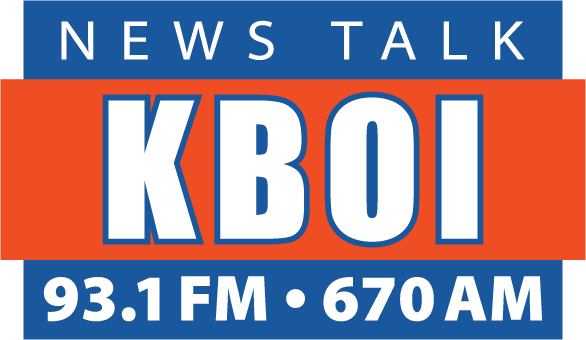From 1904 through 1956 there were 14 United States presidential elections, and in every one of those elections, Idaho’s electoral votes went to the candidate who won the election. The state voted for Republicans Theodore Roosevelt in 1904, William Howard Taft in 1908, Warren G. Harding in 1920, Calvin Coolidge in 1924, Herbert Hoover in 1928 and Dwight D. Eisenhower in 1952 in 1956. And Idaho voted for Democrats Woodrow Wilson in 1912 and 1916, Franklin D. Roosevelt in 1932, 1936, 1940 and 1944 and Harry S. Truman in 1948. Then came the election of 1960. It was the first time in 60 years that Idaho backed a losing candidate. That candidate, of course, was Vice-President Richard Nixon, who ultimately lost to Massachusetts Senator John F. Kennedy. Both candidates spoke in Idaho in 1960. This was before the state had any world-class all-purpose arenas, so Kennedy spoke at the Pocatello High School auditorium September 6th and Nixon spoke at the Boise Junior College gymnasium one week later. Nixon isn’t remembered as the funniest public speaker in American history, but he did try out a few bits of humor on the Boise crowd that day. He started his speech by pointing out that he woke up in San Francisco and spoke in Vancouver, Washington and Portland, Oregon before coming to Boise. There was light applause when he said “Portland”, so he lightheartedly said, “Somebody there is from Oregon, I can see.” The remark earned a small amount of laughter. He then said people had been asking about his knee, which Nixon famously injured running into a limousine door earlier that year while campaigning in North Carolina. Because he was on the campaign trail, he mostly ignored the injury until it developed arthritic sepsis. Nixon said the plane that transported him from Portland had lost one of its four engines during the flight, which is true, and that if a plane could successfully land with just three engines, he certainly could successfully campaign with only one leg. He then read a letter he had received from an eleven-year-old girl in Rexburg who had broken her knee falling off a haystack onto a pile of logs. The letter included the line “P.S. – My doctor gives me a shot every day and my arms are as sore as my knee.” That received laughter, and there was even more when he confided that his own doctor was also giving him daily shots, but not in the arm. He said he didn’t want to say where he received the shots, just that it was mighty uncomfortable to sit down for a while. Then, as a Washington Senators fan, he thanked Idaho for giving his team Harmon Killebrew, who came from Payette. Nixon then launched into the bulk of the speech, which dealt with what he said he considered the biggest issue facing Americans in 1960, staying out of a war. He meant the hope that America could squelch any possibility of World War III by maintaining peace with Khrushchev and the Soviet Union and Mao and China. Vietnam was not yet an issue. During the speech, Nixon thanked Idaho Governor Robert Smylie for his support and weighed the differences between the American system and communism. The speech clearly resonated with Idahoans, who gave Nixon a victory in the state by a margin of 7.6 percent of the vote. Was it a sign of things to come? Not yet. To be sure, Idaho was still voting for the person, not the party. Eisenhower, a Republican, had won the state four years earlier by a margin of 22 percent. And four years later, in 1964, Democrat Lyndon Johnson would win partly with the four electoral votes provided by Idaho. But Johnson’s win in Idaho was only by 1.83 percent. It was Johnson’s smallest margin of victory in the United States, and made it clear that Idaho was about 20 percent more Republican than the rest of the country. Idaho doesn’t have a long track record of supporting only the winner anymore, as Johnson was the last Democrat to get Idaho’s electoral votes. Or at least the last so far.








